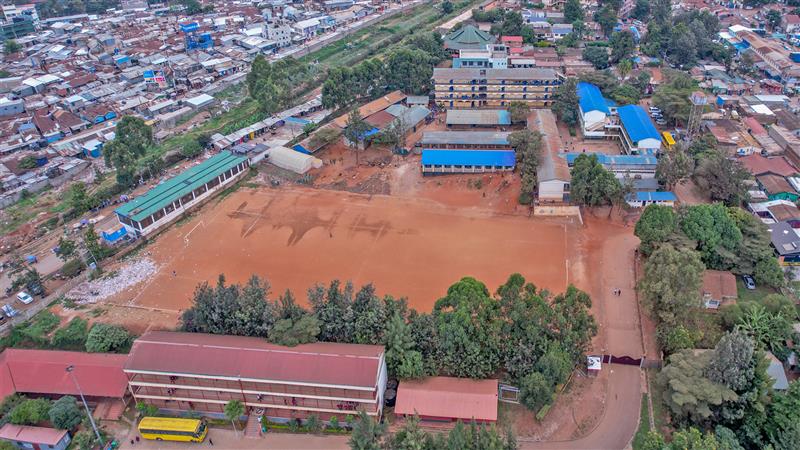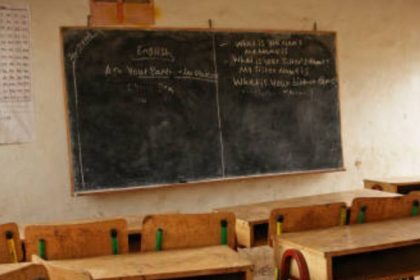For games and sports, the 4,600 pupils at Mwiki Primary School use the lone playground, a patch of earth that doubles as a football pitch and assembly area, a lesson in sharing space, sunlight, dreams and injuries.
Every mid-morning on weekdays, the playground at Fedha, a middle-class estate in Nairobi’s Eastlands, is a beehive of activity. From an aerial view, the field is a palette of colours as children from different schools engage in physical education classes.
Inside Fedha estate alone, close to ten private schools operate from bungalows in small compounds that are inadequate for playgrounds and other outdoor activities. For this reason, the schools from the environs of Fedha estate and even as far as Donholm are ferried by bus to utilise the estate’s playground, an open field of about two acres.
Once in Fedha, the yellow buses park as the students take to the field for their extracurricular activities, a key component of Competency-Based Education (CBE). The students have to keep to their designated parts of the playground. On any weekday when the schools are open, up to ten buses would be packed by the field, and the students would be in their hundreds.
Availability of playgrounds in schools, especially in urban areas, is a challenge. Despite playgrounds being mandatory for school registration and assessment by education quality assurance officers, the challenge persists, posing a health concern for children, with experts calling it a ‘crisis’.
All the schools that use the field in Fedha estate are private schools with inadequate space for a playground; a scenario replicated across the city and in other towns across the country. However, the challenge is not limited to private schools. In Mwiki Primary School with 4,600 students, the lone playground doubles as an assembly area. It is partly dusty and plastered in concrete. The field is barely adequate for a standard football pitch, and not all the students can play at once during games.
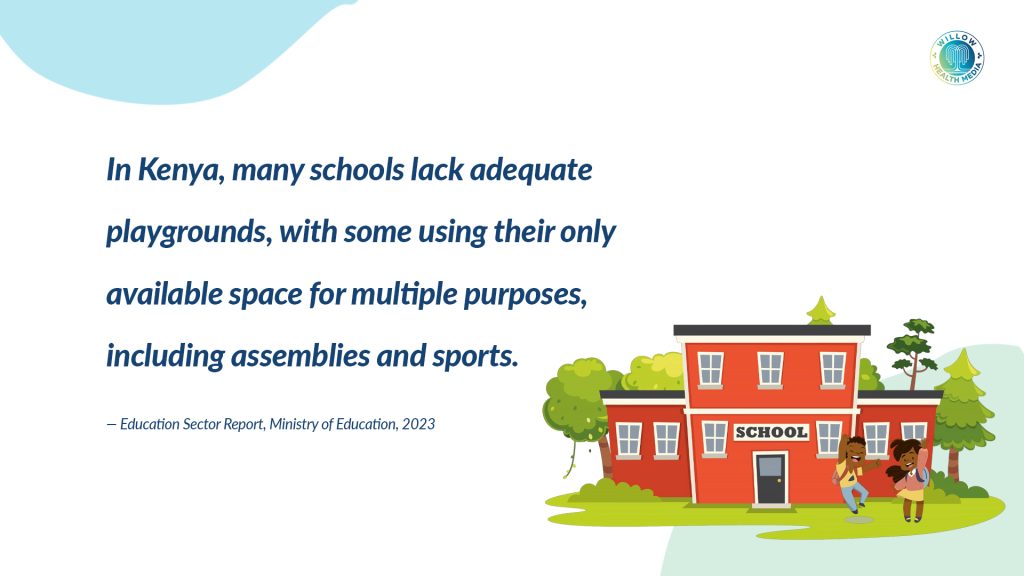
The children are many, you can’t tell what sport they are playing, and it is very dusty
The same case applies to Olympic Primary School in Nairobi’s Kibra. The red ochre-coloured grounds on the eastern part of the school are inadequate for the over 5,000 students. Trampling by the overcrowding of students stripped the field bare of grass.
A secretary at Olympic Primary told Willow Health Media that students find space to play somehow, despite the congestion. Mildred Achieng, a parent with two children at Olympic, finds the school’s playground to be chaotic, especially at breaktime. “The children are many, you can’t even tell what sport they are playing, and it is very dusty. The space is too small even for one to walk through to access the school at breaktime,” she said.
Schools are required to have playgrounds measuring at least 90-by-120 metres, with those lacking playgrounds required to lease them within a 200-metre radius. According to a 2023 report by Usawa Agenda, only 79 per cent of schools in Kenya have playgrounds. The others either lease or do not have access to any playground.
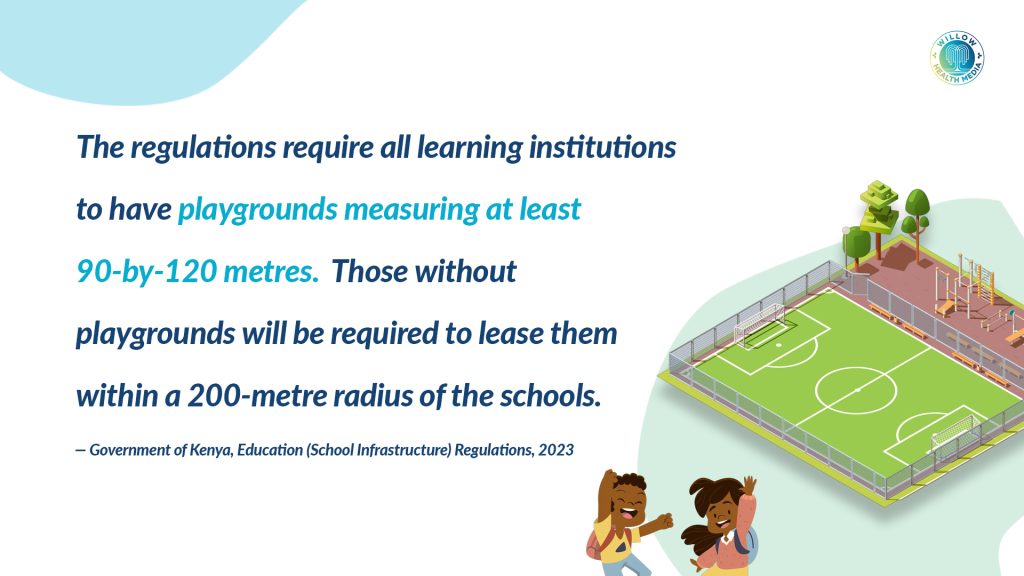
Prof Samson Gunga, a Professor of Philosophy of Education at the University of Nairobi, said playgrounds must be safe for students. “The playground ought to be secure so that students don’t physically injure themselves there. There should not be infiltration by outsiders as students play in the field,” he said.
Adequate play is essential in a child’s development, according to Lewis Karanja, a child psychologist. Without play, children’s mental health is affected as play is essential for “children to be happy, to be themselves, to create coping skills.” Karanja explains that just like adults, children also “have coping skills. So, they need to be able to handle their stress because when they’re playing, it creates a safe space for them”.
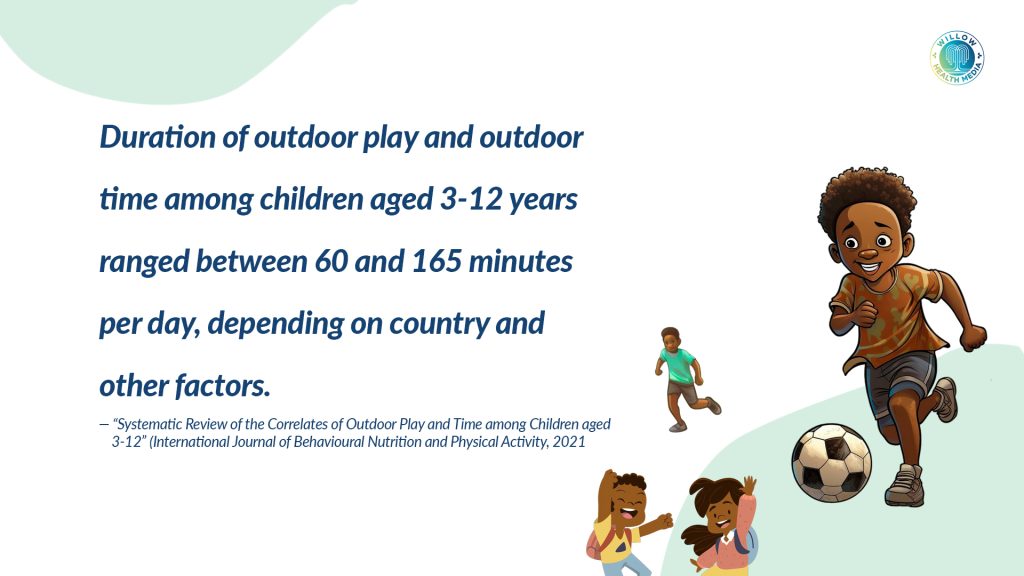
A spate of land grabbing from public schools has also contributed to less land for schools
For public schools in urban areas, like Mwiki and Olympic Primary Schools, the high rate of enrollment has strained the existing facilities, while the government hardly spends adequately on developing facilities enough to cater for the increase in students.
A spate of land grabbing from public schools has also contributed to less land for schools. While no recent data on the status of land grabbing from public schools, a 2017 report found that out of a total of 29,404 schools, only 5,000 had applied for title deeds. About 4,100 schools had reported cases of land contestation, encroachment and grabbing to the National Land Commission.
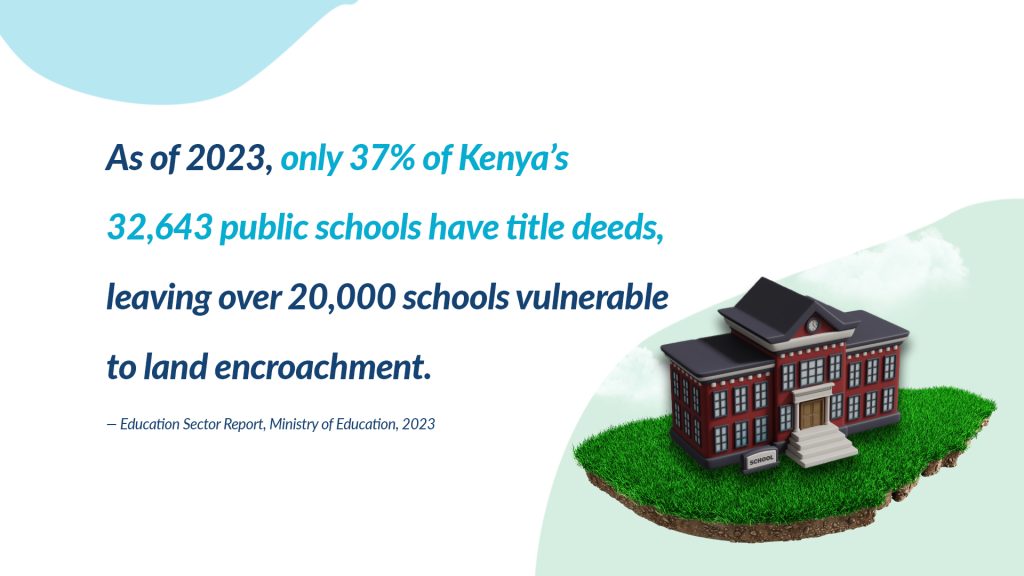
The report recommended that the Ministry of Lands and Physical Planning collaborate with the NLC to expedite the survey, titling and protection of schools. For private schools, the high cost of land is a major drawback in urban areas.
Johnstone Shisanya, an education expert, says investors in private schools prefer to invest little and earn more due to lax enforcement of registration requirements. “In urban areas, the population is high. The number of schools is very small. So, the private actors come in because there is an opportunity,” he said.
With an absence of playgrounds, the schools instead focus only on learning and “Instead of PE they do mathematics extra lesson because they have not covered the syllabus,” says Shisanya, oblivious that they are jeopardising the lesson that was meant for play and hence harming the child.
Safety of the playground plays a major role in the children’s participation in play activities
A Massachusetts Institute of Technology health brief shows children now spend 50 per cent less time in unstructured outdoor activities compared to the 1970s. Research shows outdoor environments positively influence children’s social, emotional and cognitive development.
The safety of the playground also plays a major role in the children’s participation in play activities. A 2020 study found that the state of the playground can also contribute to the children’s attitude toward outdoor play activities. The study found that preschool playground safety has not been given much attention and that the state can be “linked to lack of resources, perceived low priority and negative attitude about children’s play or deferral of the activity.”
Shisanya warns that children are already being affected. “The number of children dying by suicide has increased. The number of cases of abuse of children is escalating because when the child does not have space to play, what do you expect?” he said.
School registration policy allows for indoor playgrounds to be built atop or inside buildings. “If you realise you have limited space, the guidelines provide for you to go up. So, you can have a hall like a playground, and then you have the carpet grass,” said Shisanya.
Schools can also rent fields outside their compounds, though this creates congestion, like at Fedha, where over 500 students from different schools use the field simultaneously. Shisanya calls for decongesting urban schools by encouraging parents to consider rural schools. “Schools in rural areas are fairly okay because some of them still have vast land,” he said. The challenge requires urgent attention from education authorities to ensure proper enforcement of playground requirements and protection of school land from grabbing.



